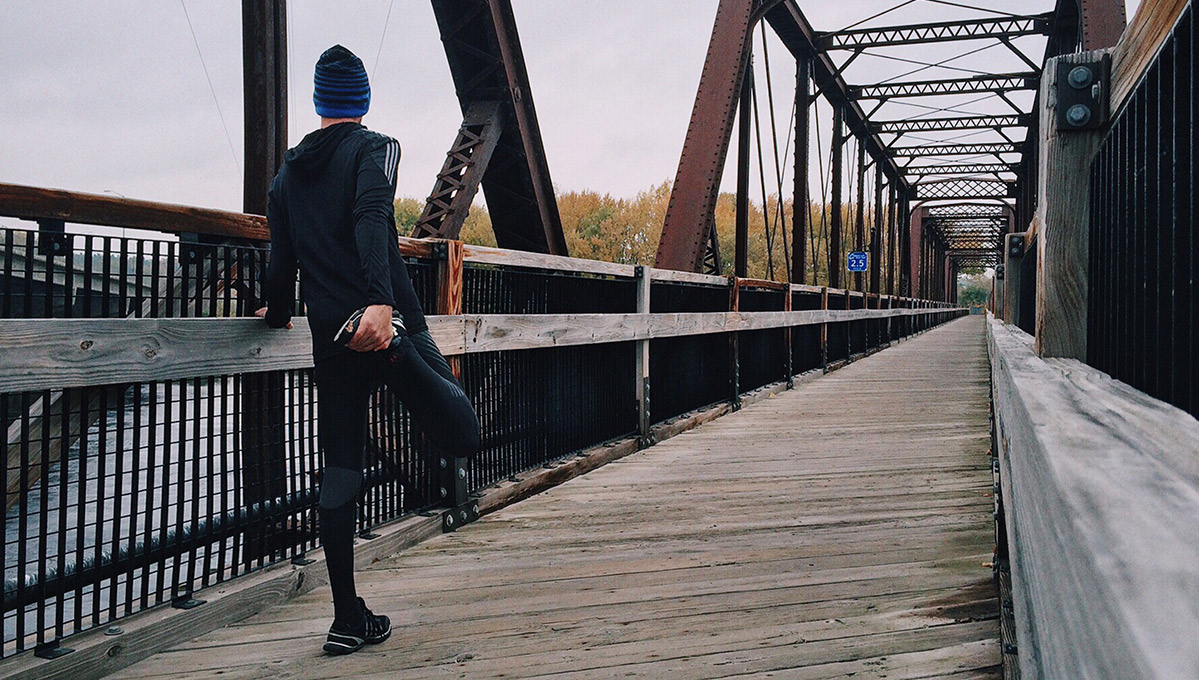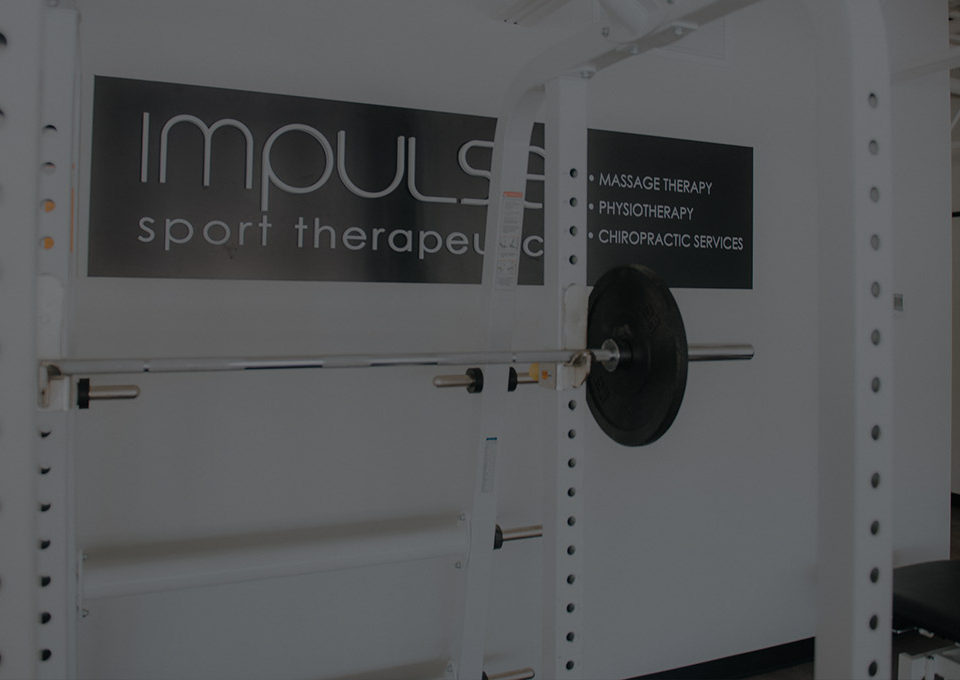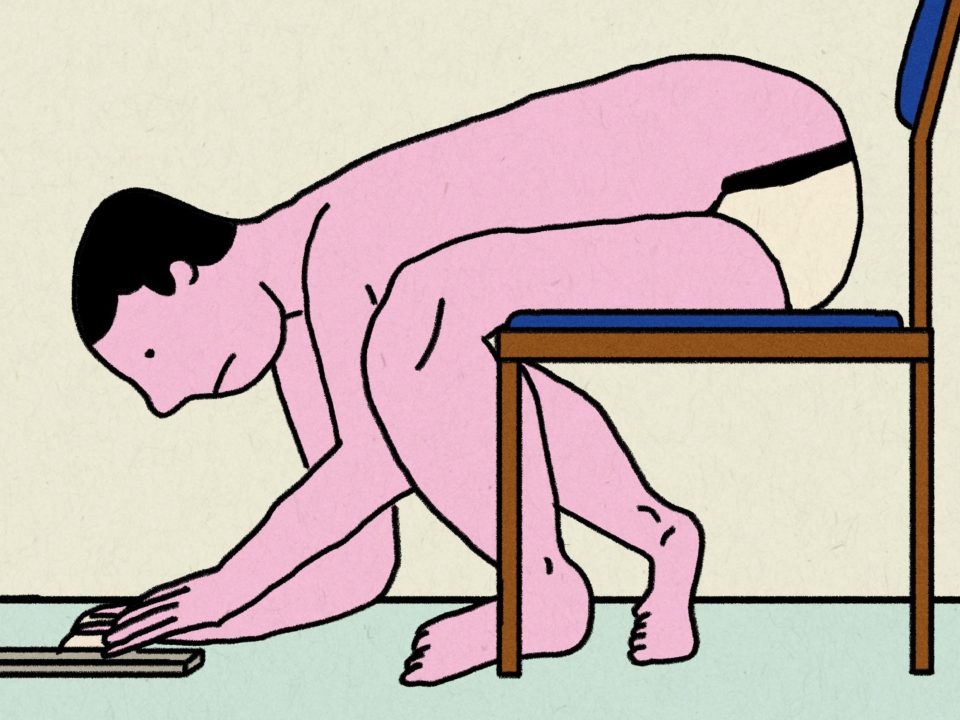Injury Prevention and Management for Runners
Running is a popular exercise choice for most individuals looking to stay active with busy personal schedules. One of the many benefits of running is the ability to do it anywhere, anytime – whether it is running outdoors, on roads and paths or indoors on a treadmill. Running is simple and effective until the pavement pounding begins to take its toll and you notice a problem or pain in some part of your legs, knees or feet.
Some commonly encountered issues from running include:
- Medial Tibial Stress Syndrome – “Shin Splints” – pain in front or back of your shin/calves.
- Achilles tendinopathy – pain along Achilles or region along the back of the heel – can progress to noticeable swelling/enlargement of Achilles tendon.
- Plantar fasciitis – pain along the arch or region close towards the heel – is usually worse upon the first few steps in the morning.
Our bodies have an amazing ability to adapt to the stresses we put on them if we train them the correct way. When we encounter an injury, we need to differentiate one of the three causes for what could the source of our pain:
1) Intrinsic Factors – Biomechanical or muscular dysfunction – Eg. A calf strain from running beyond what your tissue is capable of tolerating.
2) Mechanical stress from training errors – Eg. Achilles tendon injury by running on an incline for longer than your body is currently adapted for which puts your foot into a more exaggerated dorsiflexion position leading to an abnormal stretch on the Achilles tendon until tissue failure.
3) Extrinsic factors such as running shoe choice – Eg. Choosing a shoe with increased heel cushioning to allow a more aggressive heel strike. This imparts more force at your sacroiliac joint and could result in injury to this region.

Running is a great exercise option because you can do it anywhere. Just grab your running shoes and go!
After identifying where is issue is coming from you can then address the problem:
- Correcting Intrinsic Factors:
- Building strength in the legs, hips, and feet with resistance training
- Improving hip and ankle mobility and increasing hamstring and hip flexor flexibility with regular mobility work
- Plyometrics for calves, quads – mimics the act of running which is a series of jumps forward and accepting body weight
- Proper warm up and cool down – warm-up should be as close to activity as possible i.e. jumping on spot, high knees, etc; while a cool down should be aimed at flushing the muscles, working out lactic acid and stretching
- Correcting Mechanical Stress:
- Slowly introduce new conditions to your body – transition training slowly, it doesn’t make sense to go from running indoors on treadmill all winter to next day running up Coquitlam Crunch
- If goal is to run up Coquitlam Crunch approach conservatively – run ¼ of it, then walk the rest and gauge how you feel next day – increase a bit more each time if you continue to be pain-free
- General rule is to keep volume increase to about 10% and give yourself at least 8 weeks to achieve a goal
3. Correcting Extrinsic Factors
- Avoid switching from different running shoes unless you encounter an injury – if you body is adapted for a certain type of shoe, stick with it
- Learn what type of runner you are and choose your footwear appropriately
- Generally heel strikers need more cushioning at their heel versus forefoot/midfoot strikers

Whether you’re hitting the seawall in West Vancouver or cruising the trails in Port Moody, running is not fun if you’re in pain. Follow these simple guidelines to stay injury free this running season and reach your health and fitness goals. If you are unsure about your physical capabilities or need training suggestions to seek the advice of a healthcare practitioners such as physiotherapists, chiropractors, kinesiologists or massage therapists. Both Impulse Sport Therapeutics locations in West Vancouver and Port Moody offer full athletic screenings and exercise prescription to identify problems and correct them before you start experiencing pain. Staff at places like Kintec are also great resources for advice on choice of shoes and run clinics are abundant to help people achieve their running goals.
Reference:
Dubois, Blaise. (March 2014). New Trends in the Prevention of Running Injuries.





